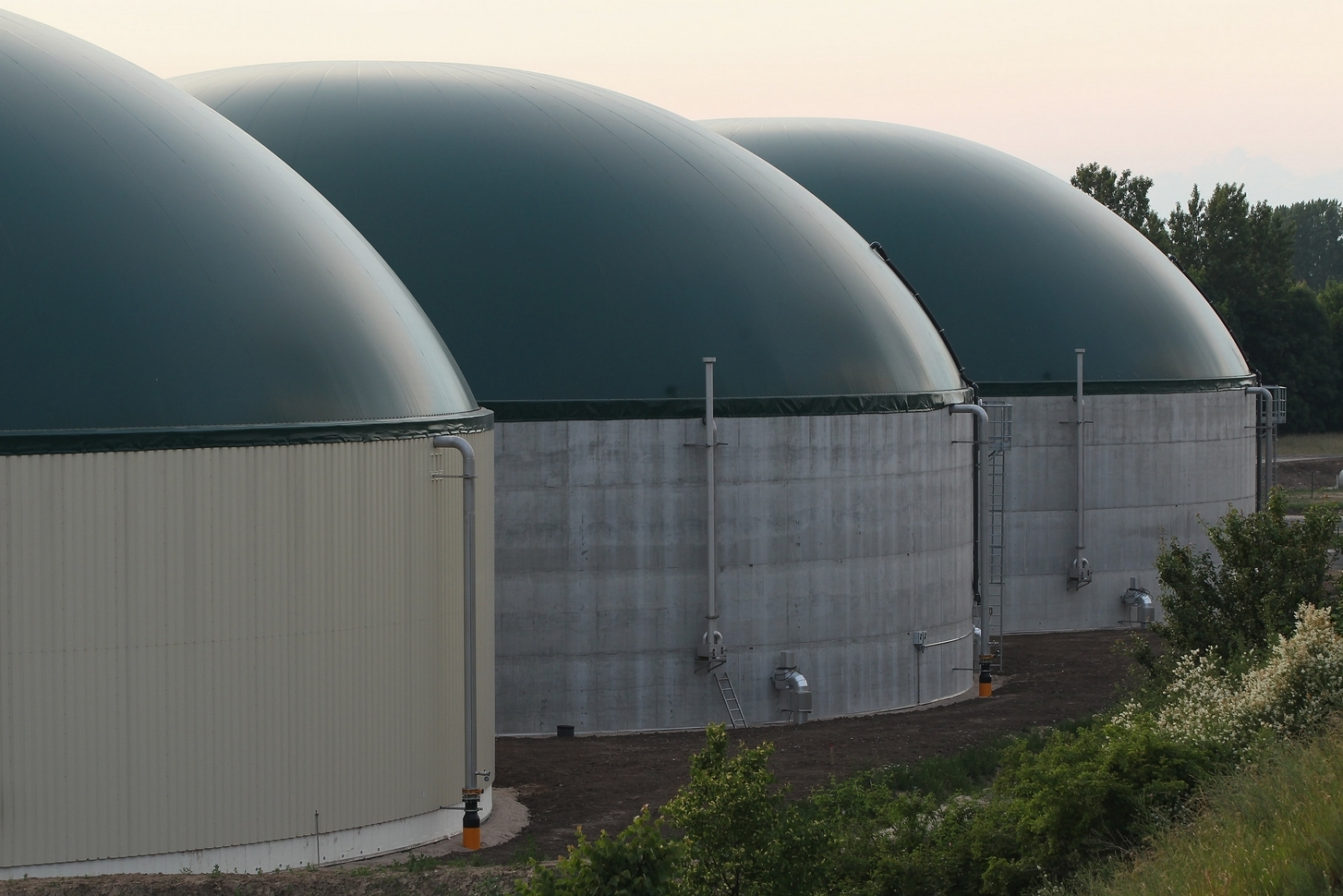It goes without saying that each European country needs very strict policy with regard to biomass usage. This will help to mitigate the consequences of climate change and provide more coherent usage of biomass for energy production. So politicians of Germany in their joint efforts succeeded in introducing laws and measures which enhance the producing and usage of renewable sources of energy and biomass. As a result, Germany has become one of the European pioneers in creating and developing efficient energy policies and cutting-edge technologies taken as an example by other countries.
The government of Germany as well as other European countries undertakes energetic policy which is going to reduce the amount of greenhouse gas emissions and provide more intensive exploitation of renewable energy sources for heating and cooling and electricity production, which will pose no threat for the environment. According to the estimates, Germany is capable of achieving 11% share of renewables in the overall energy production in 2020. For this reason they predict that biomass imports from other countries will also rise due to the increased competition at the international biomass market. That will be vital for the process of setting common standards and schemes of sustainability.
That is why over the last decades German authorities make great efforts in order to follow global conventions, the aim of which is cutting down carbon emissions. These are Kyoto Protocol 1997 and Rio de Janeiro 1992, Johannesburg 2002 conventions as well as relevant European directives such as Renewable energy Directive 2009.

The economies of the third world countries experience rapid growth and as a result, they face drastic increase of energy demands. Taking into account this situation, the European countries are bound to change their energy approaches by reducing their energy consumptions and moving towards enhanced renewable energy exploitation.
In this regard biomass in Germany plays an extremely important role. A branch of bioenergy power production created a lot of career possibilities for the citizens of the country. Yet, in 2007 69 thousand people were employed to become involved in biomass energy production and secure the energetic future of Germany.
Biomass in its solid, liquid and gaseous form is used to produce fuels, heat and energy. The key provider of biomass supply in Germany is supposed to be agriculture. Moreover, 25% of Germany wood production is also used as a biomass feedstock. The German Federal Research Centre for Forestry and Forest Products claims that there are also reserves which may assist in enlarging the part of forestry in biomass production. Agriculture is the main source of rapeseed oil, which is used for the production of biodiesel and making substrates for the production of biogas.
The top-priority energy tasks in Europe for today are to make 20% energy efficiency growth; to reduce greenhouse gas emissions by 20%; to achieve 20% share of renewables in the overall energy consumption and to achieve 10% share of biofuels in the overall fuel consumption. Taking into account the EU energy directive, Germany adopted Integrated Climate and Energy Program to provide the main energy requirements in the country.
The program sets targets and measures in order to provide more extensive usage of biomass and renewable energy in the power sector. Germany has set more strict requirements as the pioneering country in renewable energy usage. Firstly, the authorities demand to increase the share of renewables in the energy sector to 30% in 2020. Moreover, the usage of renewables in heating and cooling is to reach 14% in 2020. The enhanced usage of biofuels is to provide 7% share of biofuels in the overall fuel consumption.
National Biomass Action Plan for Germany is the second key factor. The latter was set due to the European directive which demanded particular action plans for each European country by 2010. The German National Biomass Action Plan was prepared by the Federal Ministry for Food, Agriculture and Consumer Protection in cooperation with the Federal Ministry for the Environment, Nature Conservation and Nuclear Safety. The Action Plan was set to work out certain sustainability criteria and to minimize the risks the intensification of biomass usage can bring. The risks are predominantly connected with negative impacts on the economy and the environment of the country.

Very important for the biomass development are the support schemes which promote the use of energy from biomass in Germany. These are Renewable Energy Heat Act and Combined Heat and Power Act. The first one demands 14% share of heat and power production from renewable sources of energy. The main aim of the law is to provide significant energy savings and sustainability in energy usage. The act obliges all citizens of Germany to use renewable sources of energy to a certain extent. The buildings which are newly constructed must have 30% share of biogas consumption and the share of heat from liquid and biomass must be at least 50%. Renewable Energy Heat Act also promotes the enhanced usage of local heating grids.
The Combined Heat and Power Act provides the installation of high-efficient combined heat and power plants in the country on the basis of the European directive.
The overall share of the renewables in the German economy has become an important factor in the economic development of the country. In short, the economy profits from biomass usage. By way of example, the amount of investments in the installations for renewable energy productions increased to 18.8 billion Euros in 2014. The overall turnover from the installed plants which are engaged in renewable energy production was 14.1 billion Euros in 2014. For the moment, the renewable energy sector has more than 371 thousand workers employed.

The most substantial biomass sources for today are forest and agriculture industries, with 17 ha of farmland used for biomass growth. Wood is predominantly used for the production of heat and less for the electricity production.
The use of biomass is also very important in solving environmental issues. It is going to help Germany reach its targets of reducing the amount of greenhouse gas emissions by 40% in 2020 and up to 95% in 2050. Renewables are to make no less than 80% share in the branch of power production by the middle of the century.
To sum up, biomass is the most important type of renewable energy source in Germany. The Renewable Energy Action Plan for Germany is going to assist in promoting biomass in the heating, electricity and fuel exploitation. Germany is the first European country to have made sound legislation basis for the sustainable usage of biomass and is taken as an example by other European countries today.
This material is protected by copyright.
Any copying and distributing without active hyperlink is strictly prohibited!